Hibiscus has long been a favorite ornamental plant. Few can rival its stunning beauty and bright colors. But the plant can do a lot more than just look good.
The flowers are used to make a popular drink in Egypt called “karkade,” while other parts of the plant are used to make jams, spices, soups, and sauces. The flowers also have powerful, exciting benefits to the skin, including the ability to firm and lift its appearance.
Background on the hibiscus plant
Hibiscus is a genus of flowering plants in the mallow family, with several hundred species native to warm, tropical regions. Also called “rosemallow,” hibiscus can be grown indoors or out.
Flowers are large and trumpet shaped, with five or more petals. Colors include white, pink, red, orange, purple, or yellow. The extract is most often taken from the red flowers, also known as “roselle.”
How is hibiscus used?
Many cultures enjoy hibiscus tea, made from the flowers and served both hot and cold. In addition to Egypt, West Africa, Mexico, India, and Brazil enjoy the tangy flavor of hibiscus tea, which is also a favorite in Jamaica and other Caribbean islands.
Dried hibiscus is edible, and may be used in salads, as a vegetable or flavoring, or as a delicacy. Certain species are also used as a natural source of food coloring.
Internal Health Benefits of Hibiscus
Traditionally, hibiscus was used for treating loss of appetite, colds, upper respiratory tract pain and swelling, stomach irritation, as a laxative, and as a diuretic.
More recent studies have suggested that hibiscus could have application in some of today’s health problems. Animal studies suggest it may help lower blood pressure. Quality human studies are still needed, but small human trials have also shown the plant’s potential in lowering blood pressure.
antioxidant properties
Hibiscus also has antioxidants similar to those found in bilberry, cranberry, and red wine. More research is needed, but these may prove effective in other health applications, such as helping to protect against disease. Already the extract has shown some potential in reducing bad cholesterol.
The tea is also used today to relieve problems with indigestion, to treat urinary tract infections, and to relieve kidney ailments. The fruit acids in hibiscus are thought to work as a laxative, where other compounds in the plant may soothe stomach spasms.
hibiscus Benefits to the Skin
Hibiscus has a sort of magical reputation in skin care because it is a natural source of alpha-hydroxy acids (AHAs). Chemical forms of these acids can be overly harsh and damaging to the skin, but natural sources such as those in hibiscus can help provide the same benefits without the harsh drawbacks.
AHAs are known to help exfoliate, control oily skin and clogged pores, all of which can encourage fresher, younger, and smoother looking skin. They also increase moisture and firm your skin’s look.
an anti-aging powerhouse
On top of the AHA activity are the antioxidants, which are called “anthocyanocides.” These not only protect the skin from environmental stressors, but have properties that help pores to appear smaller. They also can help with sensitive skin.
Finally, the plant has a high mucilage content, which makes it a great skin moisturizer. Combine all these properties together and you have a wonderful anti-aging ingredient that with regular use, helps skin to appear more supple and flawless overall. Plus it has a lovely, natural scent.
With powerhouse ingredients like this one, why would you ever want to use harsh chemicals?
Try It!
Hibiscus flowers are used in many of our products, which provide not only moisturizing properties, but anti-aging benefits as well. With ingredients like hibiscus working on so many levels in your skin, you’re sure to see amazing results with regular use.
You can find it in our Coconut Body Oil, Anti-Aging Facial Oil, Anti-Aging Eye Cream, Herbal Facial Oil for Normal and Combination Skin, and Herbal Facial Oil for Oily Skin.
Do you grow hibiscus flowers where you live? How do you use the plant?
Source:
“Hibiscus,” Aurorahealthcare.org, http://www.aurorahealthcare.org/yourhealth/healthgate/getcontent.asp?URLhealthgate=%22108309.html%22.
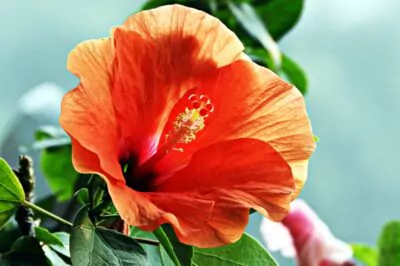

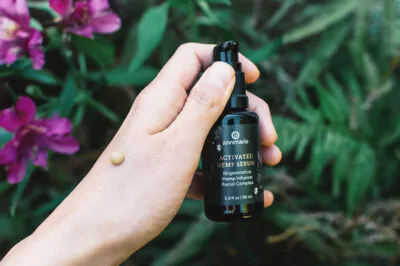
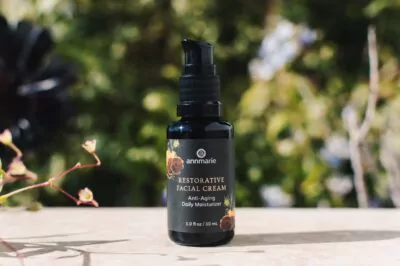
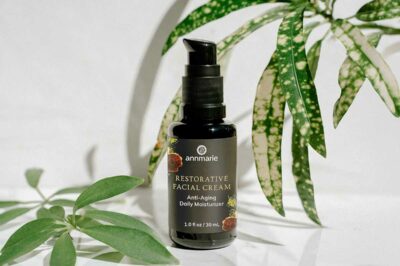
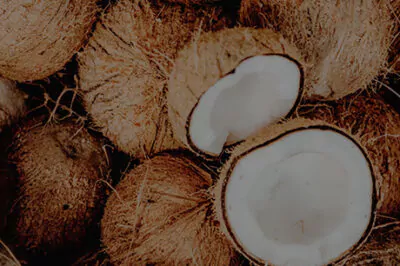
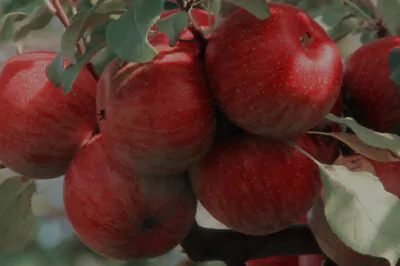
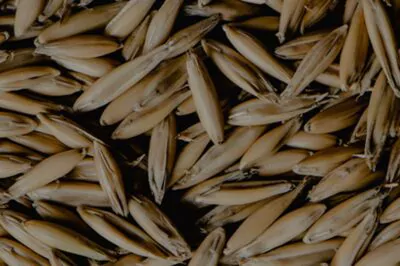
Glad that I have this flower plant, never though that this will useful . Beauty plus health friendly. Thanks for sharing useful information with us.
I am Glad to hear that Hibiscus plant is in our own home stay in uttrakhand. Before tis vlog i don’t know about this but now i can use this as an organic and pure stuff.
Thanks for sharing this blog.
Can I use hibiscus from tea bags on my face or brew the tea and use that on my face? Or does it have to come straight from the plant?
I liked it .i will try it . Thank u
i used it with my coconut oil…god knows it will work or not..coz i ve started this from today… :-p 😀
Hi, from Plants Guru India, we are growing hibiscus plants for commercial purpose, like we are selling hibiscus plants for gardenig, landscaping and we din’t have any idea what are the usage of hibiscus. this article is awesome realy very useful post. thanks for sharing with us.
I have hibiscus in my garden and I had been drinking hibiscus tea,how to make hibiscus tea?I used about 10 cups of water for 10 hibiscus flowers,first boil the water,after it boils turn off wash the flower and put into the boiled water after a while,get the flower out of the water through a strainer,you’ll see the water turnedp purple.put the water into a pietcher and let it cool,to make a tea.pour water into a glass ,then 1tsp of honey and some drops of lemon or calamansi,I’m from the Philippines and calamansi is our native lemon,after I got the flower out of the water,I’ll squeeze until I got the extract and I’m applying to my face and hair,I want to share this for other people to benefits from Gods gift to us,this is allnatural and uinexpensive,I’m already 65 years old,but everybody says I look younger,try it most especially for women at my age
Thanks a lot for the information, Sis. I have seen taking this flower in their tea in a dried form. I would like to know whether it would be okay if the flower is used in its fresh state, before drying it.
Thanks, very interesting, im from the uk and i am creating my own medicinal garden, just seeded my first Hibiscus plant and they are growing! cant wait to work with the plant and will definitely be using to make face and body balms. Thanks again!
In Mexico is very popular. The main benefit known is that works like as a diuretic.
But I think the benefits on skin it´s a great oportunity for creating new skin care products using Jamaica.
You want to buy the dry flower and make the tea yourself. It’s very popular in Mexican markets and they call it “Jamaica”
I’m from dfw / tx. I can’t grow nada,,lol. Do have a question for u,,do Indian shops carry fresh hibiscus and if not who or where can I get some. Is powder form cool? Is it better to drink,or take pill form? Is there a ‘bath’ form? I know, lots of questions,,but this seems like something I would very much like to pursue. gracias for ur time.
I can grow hibiscus in Atlanta, Georgia, so I will after reading how wonderful hibiscus is for the skin. After four years of drinking black tea, which is a diuretic, I finally switched to Celestial tea’s Rasberry Zinger, but it has hibiscus as its first ingredient.
This tea tastes lovely and I feel happy to hear that I am providing a natural botox for my skin. Thank you for the information!